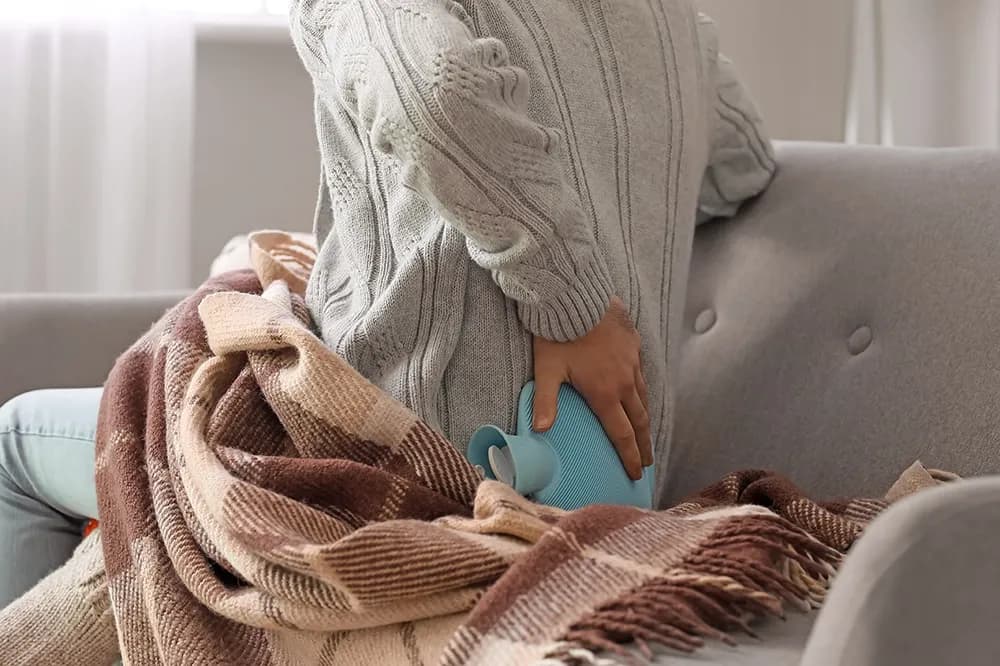Older people more likely to suffer from back pain
Back pain is one of the main disabling conditions affecting people aged 60 and over. Certain pathologies and age-related changes make older people more susceptible to back pain.
Existing research suggests that the prevalence of acute and chronic back pain increases with age (1). In people aged over 60, back pain can have many causes: pathologies such as osteoporosis or osteoarthritis, a number of psychological and physical changes, reduced activity...
Back pain and ageing: the causes
Age-related wear and tear of the intervertebral discs is one of the major causes of pain in older people. Worn discs rub against each other, causing pain and stiffness.
Ageing tissue also leads to a reduction in muscle mass and increases the risk of tears, potentially responsible for back pain. Long years of activity with their possible prolonged poor posture (carrying heavy loads, sitting in front of a computer or on the sofa, intense sporting activities, etc.) can also leave after-effects.
Lack of physical activity, a sedentary lifestyle, difficult changes (retirement, etc.) or trauma (death, etc.), anxiety or depression are additional risk factors.
Specific pathologies associated with old age
The risk of osteoarthritis increases with age. The disease affects 80% of people over the age of 75 (2). When it affects the spinal column, this damage to joint cartilage can cause severe back pain.
Ageing is also the main factor in osteoporosis. This disease of the skeleton leads to a reduction in bone density and a change in bone architecture: the bones are weaker and less resistant. Vertebrae can fracture, causing severe back pain and persistent deformity (3).
Exercise to combat loss of mobility
Fragility is a state of vulnerability caused in particular by ageing and characterised by a reduced ability to react to stress, such as illness or a psychological shock. This fragility leads to a decline in the autonomy of the elderly in their daily lives, encouraging sedentary lifestyles and a lack of physical activity, and thus lower back pain. So there's a risk of a vicious circle!
While physical exercise may not stop the onset of frailty in the elderly, it would be beneficial in preventing loss of mobility. This is what a team of American and Swiss researchers discovered when they studied the effects of ‘moderate’ physical activity (including 150 minutes of weekly walking and exercises to strengthen muscles, flexibility and balance) on the frailty of people aged 70 to 89 ans (4).
- Arnold YL Wong & al. - Low back pain in older adults: risk factors, management options and future directions - Scoliosis Spinal Disord – Apr 2017 - doi: 10.1186/s13013-017-0121-3
- P.Richette - Généralités sur l'arthrose : épidémiologie et facteurs de risque - EMC - Appareil locomoteur 2008:1-5 [Article 14-003-C-20].
- B. Uebelhart, R. Rizzoli - Ostéoporose et douleur ou l'ostéoporose fait-elle mal ? - Rev Med Suisse 2005; volume 1. 30458
- A. Trombetti & al. - Effect of Physical Activity on Frailty. Secondary Analysis of a Randomized Controlled Trial.- Ann Intern Med. 2018;168(5):I-22. - DOI: 10.7326/P17-9052


